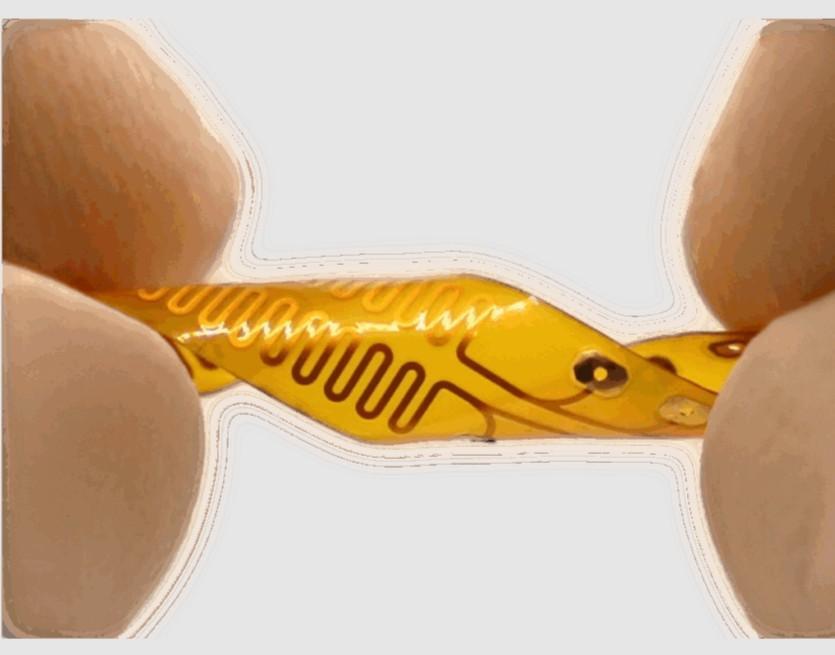
AI-Powered Implant for Relief from Chronic Pain Developed
Chronic pain is a debilitating condition that affects millions of people worldwide, significantly impacting their quality of life. Traditional treatments, such as medication and surgery, often have limited success rates and can have severe side effects. Researchers at the University of Southern California (USC) have made a groundbreaking breakthrough in the field of pain management by developing a wireless spinal implant powered by artificial intelligence (AI). This innovative device has the potential to provide personalized relief from chronic pain, reducing the reliance on medication and surgery.
The implant, developed by a team of researchers at the USC Viterbi School of Engineering, is designed to bend with the spine, allowing for seamless movement and comfort. What sets it apart from other pain management devices is its ability to detect pain and use AI to assess its intensity in real-time. This information is then used to adapt treatment, providing a tailored approach to pain relief.
The device is powered by a wearable ultrasound transmitter, eliminating the need for a battery. This not only reduces the risk of complications but also provides a more convenient and user-friendly experience for patients.
“We’re thrilled to have developed a technology that has the potential to transform the way we approach chronic pain management,” said Dr. Julia Berrett, a professor of biomedical engineering at USC Viterbi and the lead researcher on the project. “Our goal is to provide patients with a more personalized and effective treatment option that reduces their reliance on medication and surgery.”
The development of this AI-powered implant is the result of years of research and collaboration between engineers, neuroscientists, and clinicians. The team used a combination of machine learning algorithms and real-world data to train the AI system, allowing it to accurately detect and respond to pain signals.
The implant works by using sensors to detect pain signals in the spinal cord, which are then transmitted to the AI system. The AI system analyzes the data and uses it to determine the intensity of the pain, taking into account factors such as the patient’s medical history, lifestyle, and other health conditions.
Based on this information, the AI system adjusts the treatment, delivering targeted stimulation to the affected area. This stimulation can take the form of electrical impulses or other therapeutic modalities, depending on the specific needs of the patient.
The benefits of this AI-powered implant are numerous. For patients with chronic pain, it offers a more effective and personalized treatment option that can help reduce their reliance on medication and surgery. It also has the potential to improve quality of life, allowing patients to engage in activities they previously avoided due to pain.
In addition, the device is designed to be adaptable, allowing it to learn and adjust to a patient’s changing pain patterns over time. This means that patients can continue to benefit from the implant even as their pain levels fluctuate.
The development of this AI-powered implant is a significant breakthrough in the field of pain management, and its potential applications go beyond chronic pain relief. The technology could also be used to treat other conditions, such as neuropathic pain, spinal cord injuries, and even stroke rehabilitation.
As the researchers continue to refine the technology, they are working closely with clinicians and industry partners to ensure a smooth transition from the laboratory to the clinical setting. The goal is to bring this innovative device to patients as soon as possible, providing them with a new and effective way to manage their chronic pain.
In conclusion, the development of an AI-powered implant for chronic pain relief is a game-changing achievement that has the potential to transform the lives of millions of people worldwide. The USC research team’s innovative approach to pain management has shown great promise, and its applications are likely to be far-reaching and groundbreaking.






